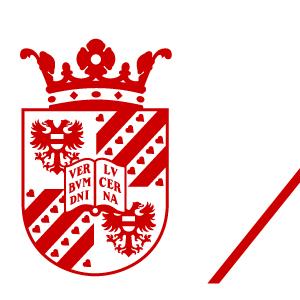Creating complex sacred spaces: experience, agency and multivocality in Hellenistic Asklepieia (4th century BC – 1st century BC).
What did ancient sanctauries mean for different groups of people? Who used them and in what ways were they used and experienced? And how do different users together create a complex sacred space? These questions are at stake in the PhD project Creating complex sacred spaces: experience, agency and multivocality in Hellenistic Asklepieia (4th century BC – 1st century BC) by Pim Schievink.
This project is funded by the Dutch Research Council (NWO) and is conducted at the University of Groningen, under supervision of Prof. Dr. Onno van Nijf and Dr. Christina Williamson
Summary
Sacred space is a complex conglomeration of many users and types of activities. Ancient Greek sanctuaries could attract a large variety of people for various reasons, especially those dedicated to the Greek god of medicine and healing Asklepios. His sanctuaries, found across the Greek (and later Roman) world, could attract, for example, visitors of various socio-economic and age groups seeking health or healing, athletes, musicians and spectators during festivals, they could become places of manumission of slaves, were used by civic officials for the placement of civic degrees and honorific statues, used for dedications to other deities, sometimes they were frequented by sailors and traders, doctors dedicated here as well. Thus, they could be frequented by a large variety of different groups of people with their own motivations. How can we understand sacred spaces if we study parts of these various users and activities in isolation from each other? These different layers do not operate in isolation and should be researched together in order to achieve a holistic understanding of sacred spaces.
My study focusses on sanctuaries of Asklepios during the Hellenistic period – broadly defined as the fourth until first century BC. The research objective is to understand the social complexity of a selection of centres dedicated to Asklepios.The focus is on the different audiences of Asklepieia and specifically their agency and experiences in relation to the Asklepieia. Who were involved at the sanctuary, where did they come from, what did they want, what traces did they leave behind, and how did these influence each other? How did Asklepieia function for different groups of people? How did Asklepios become part of the lives of individuals, social groups and of entire polis communities? Essentially, this research brings together the various layers that comprise the Asklepieia and tries to understand their interrelationship in order to give new insights into the dynamics of creating complex sacred spaces.
Funding
The project is funded by the Dutch Research Council (NWO) and is conducted at the Faculty of Arts of the University of Groningen.


Pim Schievink
